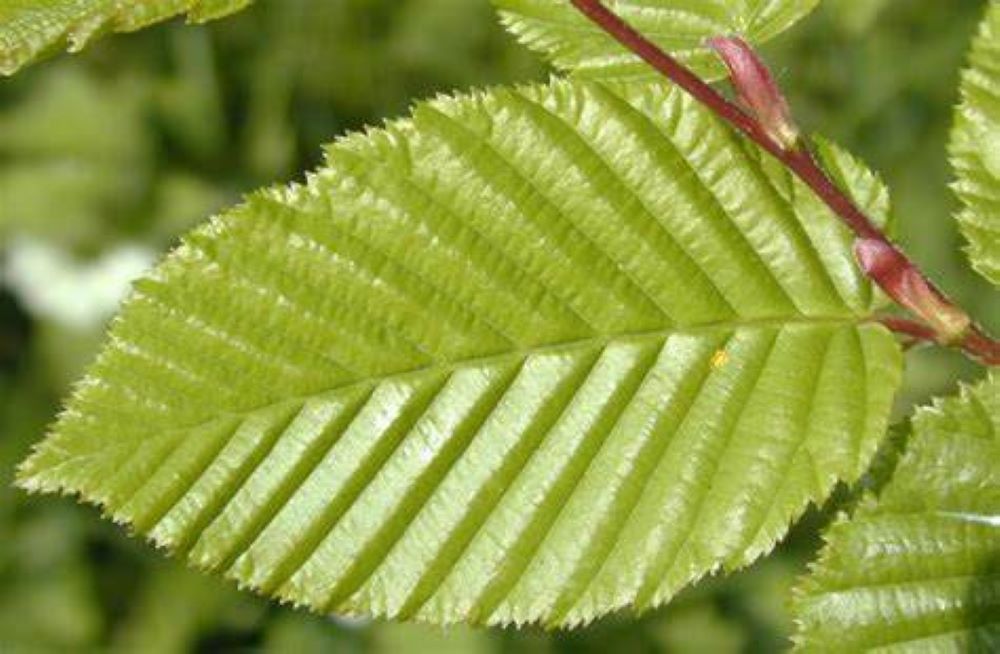Hornbeams hold a special place in Britain’s vegetation history. They were the last tree to return after the last Ice Age, before rising sea levels cut us off from mainland Europe over 6,000 years ago. Though they are found throughout Britain, as a result of planting, their native range is the South and East of England where they prefer heavy clay soils. Those at CREOS, alongside the ancient oaks, are one of the lingering remnants of the ancient woodland that had covered London for the last 6,000 years.
The hornbeam is one of the most versatile British trees. Freestanding mature specimens, with their characteristic conical crowns, have considerable amenity value, whilst the wood, the hardest of any tree in Europe, provides valuable timber for furniture. In the past it was used for cattle yokes, coach wheels, cogs for wind and watermills and was the timber of choice by the Romans for their chariots. It is unsurprising therefore that the name derives from the Old English ‘horn’ meaning hard and ‘beam’ meaning tree.
It is generally stated that hornbeams have a life span of around 300 years. However, with regular coppicing and regeneration, they become potentially immortal! It may well be that the coppiced hornbeams at CREOS, though small in stature, are in fact much older than the largest oaks which are well over 250 years old.
Sexual reproduction in hornbeam is well worth close scrutiny. It is monoecious, meaning that males and females are borne on the same tree. In common with other wind pollinated trees, like birch and hazel, the male flowers are tassel-like catkins. These present a splendid display at the end of March. Female flowers are found at the ends of the same branches and over the course of the summer mature into winged, wind-dispersed seeds.
For more information about hornbeam trees, go here>>





